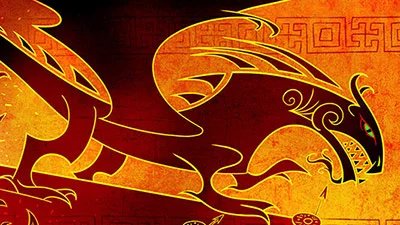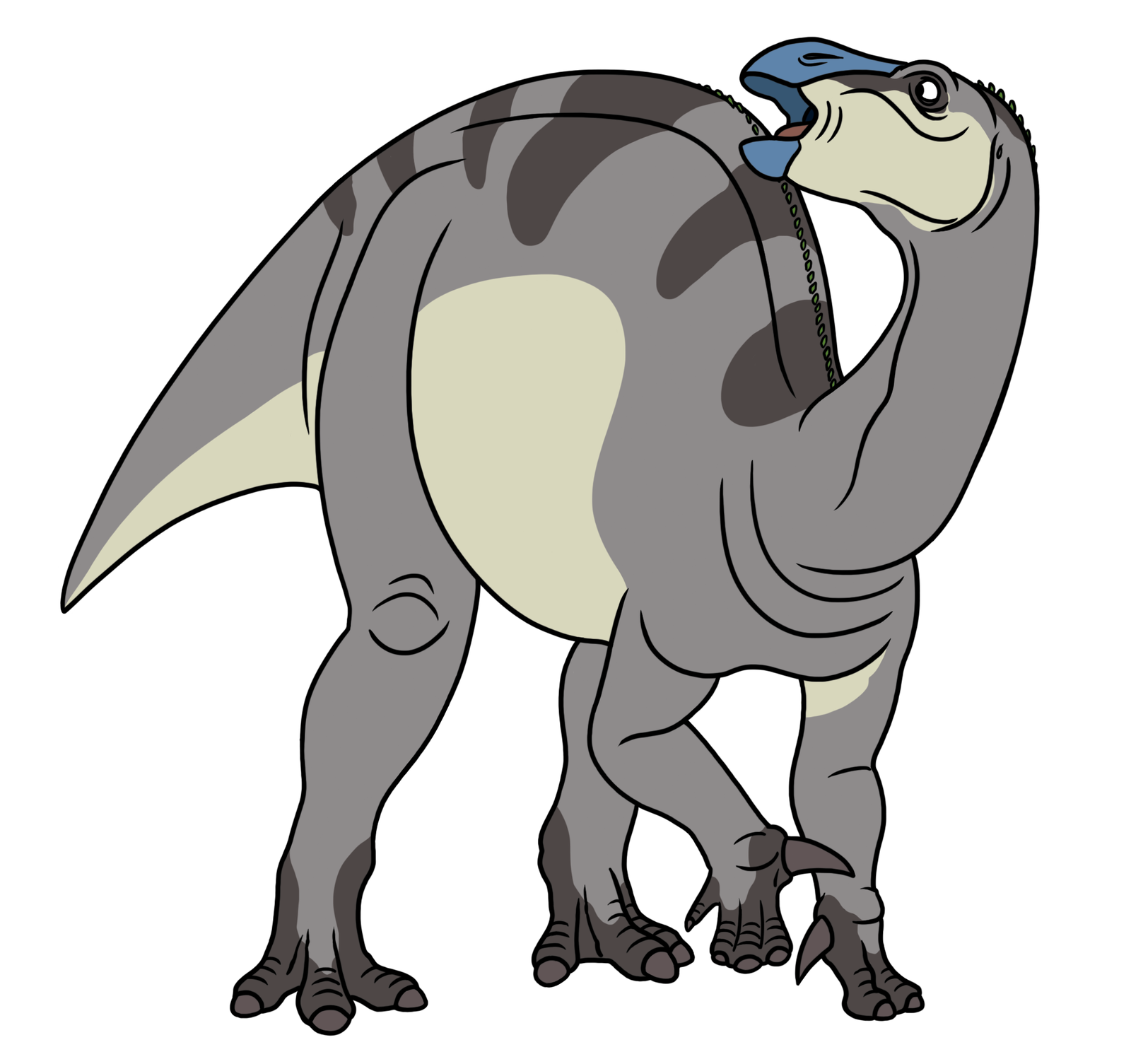6. Found
Learn more about the Seven F’s of Dinosaurs!
Megalosaurus, Iguanodon, and Hylaeosaurus: why are these dinosaurs so significant? These dinosaurs are special because they were the first three dinosaurs ever discovered. In fact, Sir Richard Owen used the shared features of these three animals to describe what makes a dinosaur a dinosaur and how they are different from other animals. However, all three of them were discovered well before Owen’s description in 1841. So, what were the bones of these animals called before the word dinosaur was coined? Believe it or not, they were referred to as, you guessed it, dragon bones!

The Megalosaurus was first described in 1824 by William Buckland. Though this date is later than the 1822 discovery of Iguanodon, most agree that a partial femur of a Megalosaurus was found in 1676. Robert Plot, a professor of chemistry at the University of Oxford at the time, published a description of the bone in 1677. It was initially thought to be from a war elephant or a giant human, though we know this to be false today. The original specimen has since been lost, but the general consensus is that it belonged to a Megalosaurus.

Photo taken at the Creation Museum
Dinosaurs and Humans
All three of these dinosaurs were originally depicted as giant lizards. The Crystal Palace Park in London, England, still has over 30 life-sized sculptures of these animals, though they all look very different from how we understand them today. For example, the Iguanodon was depicted as a giant iguana with a horn on its nose. However, we now realize that this “horn” was actually one of two thumb spikes. That’s right; the iconic Iguanodon had spikes for thumbs!

Iguanodon
Over time and through countless hours of research and experimentation, we have begun to have a greater understanding of what these creatures may have looked like while still alive. Since we have yet to find a fully preserved dinosaur with all its flesh and skin on it, we’ll likely never know for sure what these animals looked like. Maybe one day, we’ll discover a living dinosaur. Wouldn’t that be cool? I think so!
From the humble little Compsognathus in 1850, and the mighty Tyrannosaurus rex in 1902, to the partially mummified Borealopelta in 2011, we have found and unearthed hundreds of different species of dinosaurs in the last few centuries, all of which point to the amazing creativity of our awesome God!
Watch Dinosaurs & Dragon Legends from the Creation Museum Collection.
- © 2024 Answers in Genesis
- Privacy Policy
- Contact
- About
